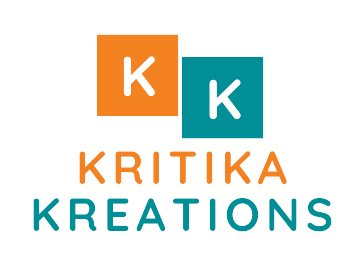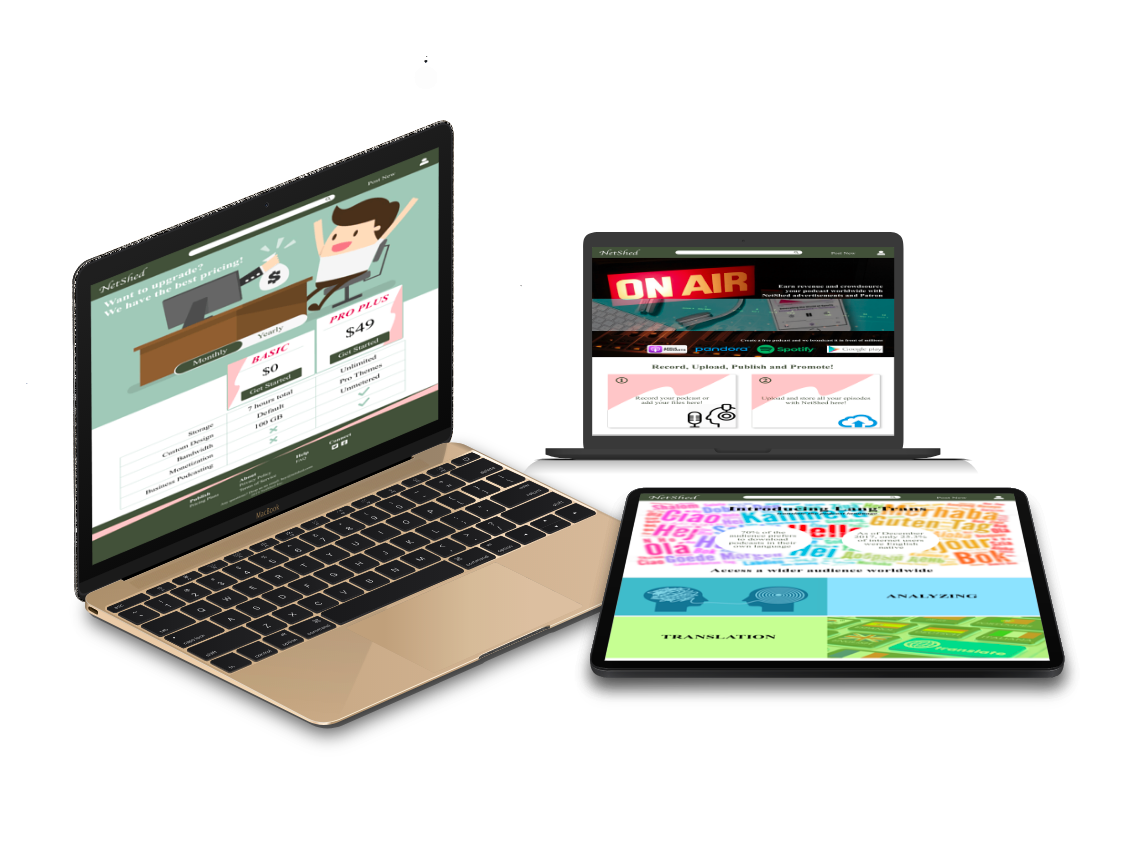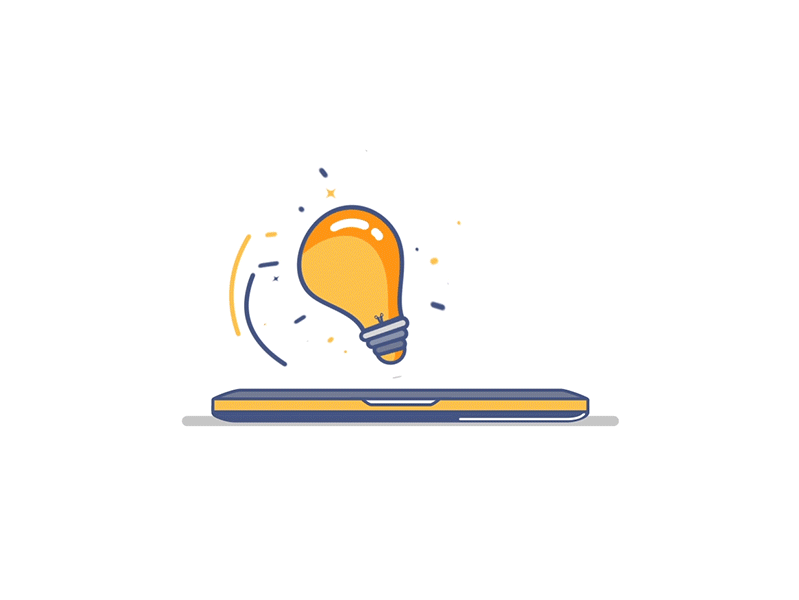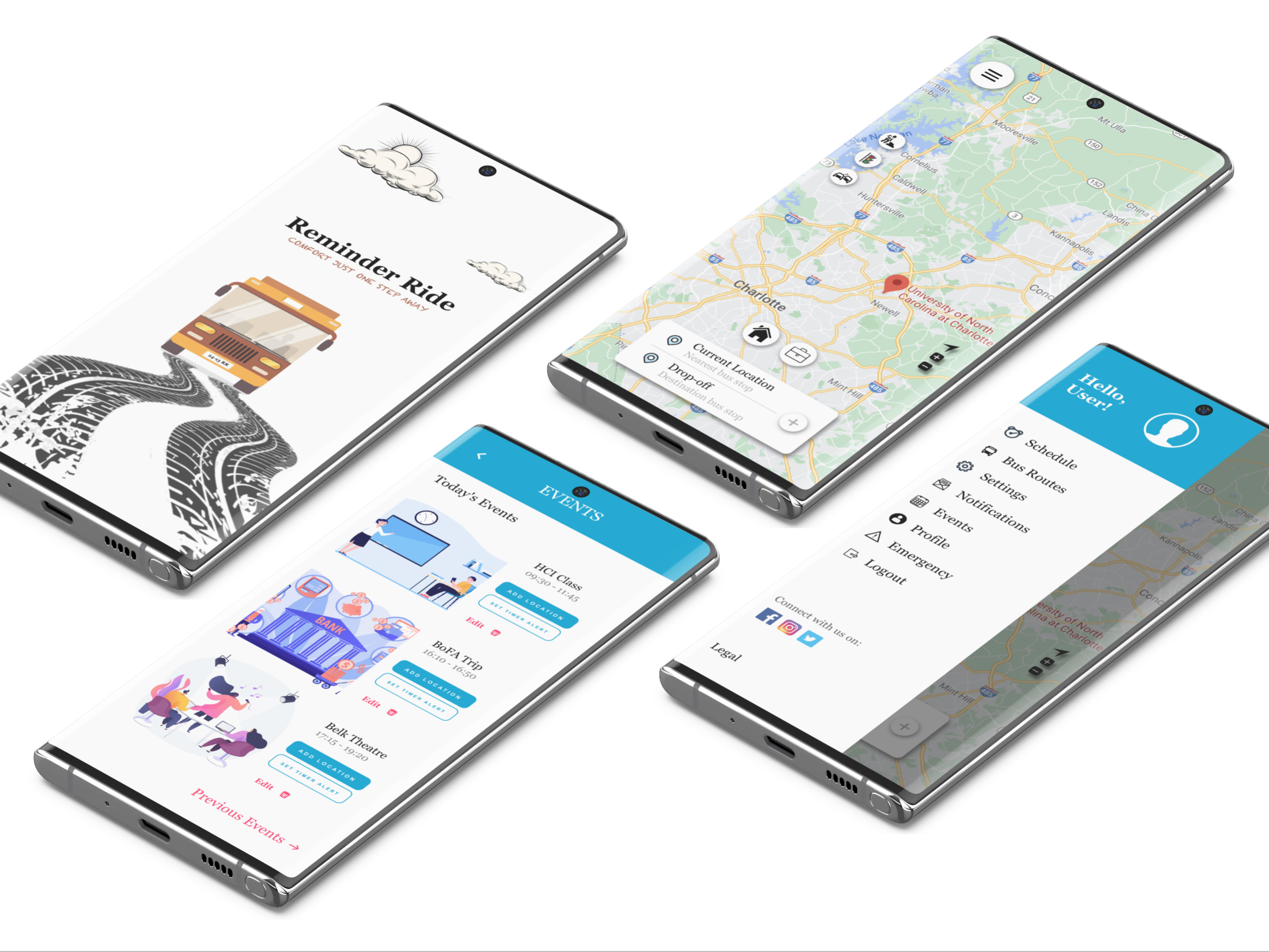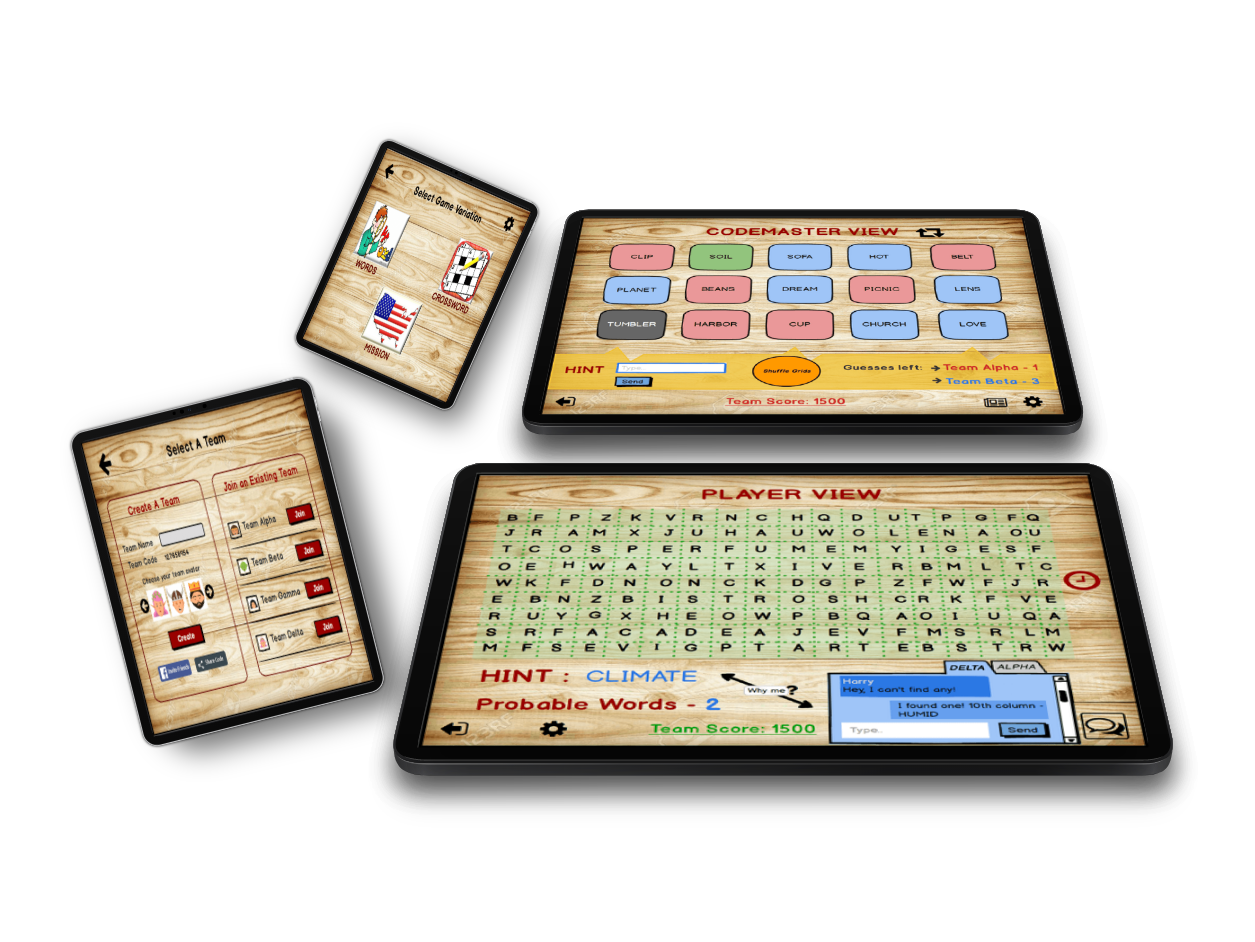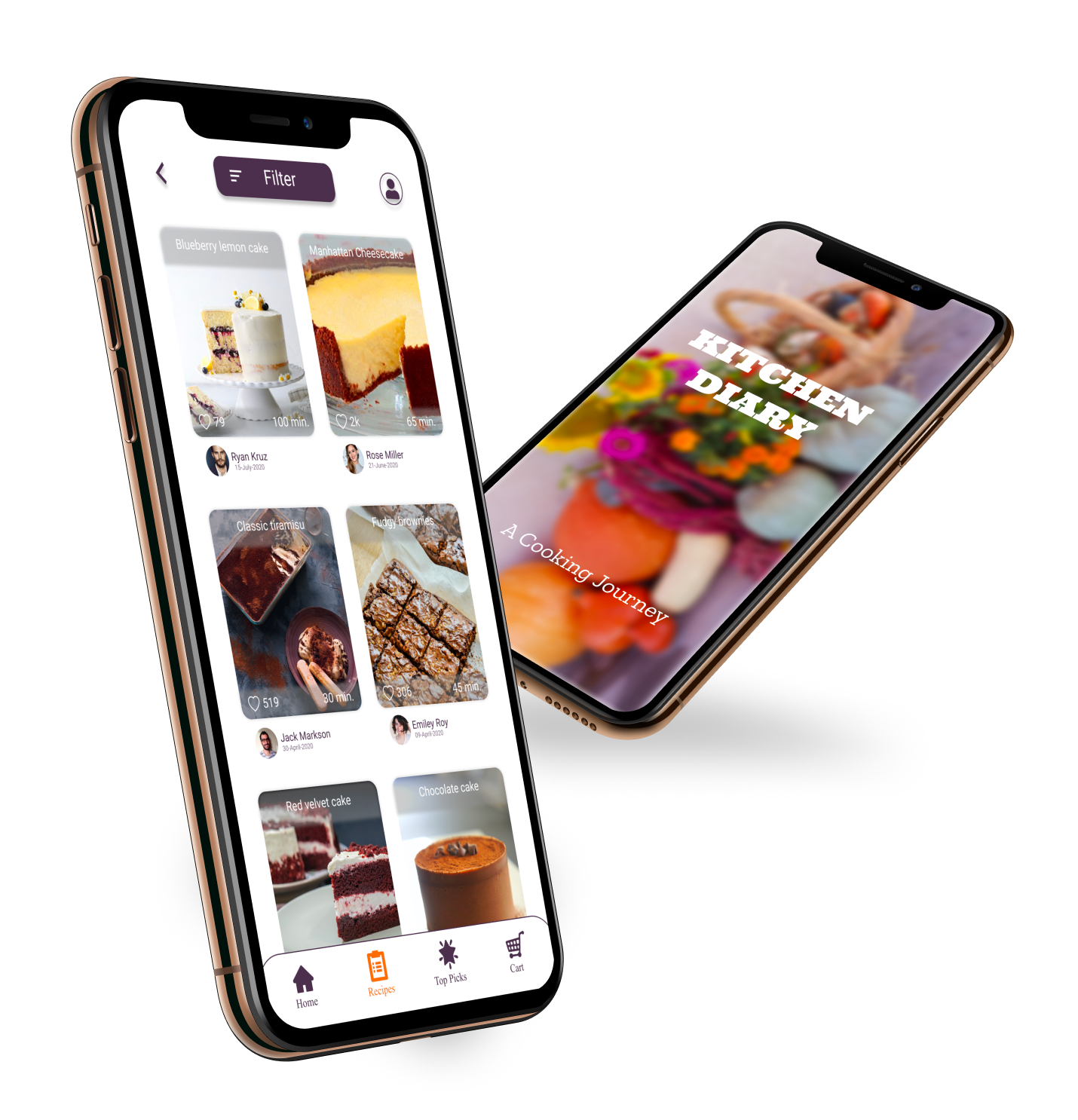

TOOL - FIGMA & MURAL
Individual Project
Role - Interaction Designer, UX/UI Strategist
Duration - 3 months
OVERVIEW
Kitchen Diary is a healthy grocery delivery application that opens room for recipe-discovery, nutrient information and food blogs enhancing the overall food experience for customers.
The aim of this project is to build an all-in-one grocery app for customers that connects with them instantly as if its their personal help assistant.
CHALLENGE
There are multiple online food ordering applications in the web world that provide services like meal and grocery delivery. Both have a specific goal towards their customer - to deliver what they asked for. But I would like to highlight two major problems of these services:
• Grocery delivery apps don’t bother about the recipes. People purchase groceries from one platform and go to other platforms for recipes.
• The drawback with meal delivery apps is that they are usually not a healthy option and most people prefer home cooked food.
CONCEPT EXPLORATION
IDEA PRIORITIZATION
It is necessary to first brainstorm ideas and then prioritize them. I took all the ideas from my idea bank and ranked them in a graphical representation.
BACKGROUND RESEARCH
In the recent times, there has been a proliferation in the cooking commerce platform with innovation-focussed smart-cooking apps.
• Meal kit delivery apps offer food subscription business model where companies provide portioned ingredients and recipes to its customers in a box to prepare home cooked meals. Eg: Blue Apron
• Recipe apps offer customers numerous step-by-step recipes to make cooking easy. Eg: Kitchen Stories
• Apps related to nutritional fitness and food facts like MyPlate Calorie Counter
But the application closest to my idea is Whisk. This is how a customer will perceive these interfaces:
USER INTERVIEWS
PERSONA AND PERSONA GRID

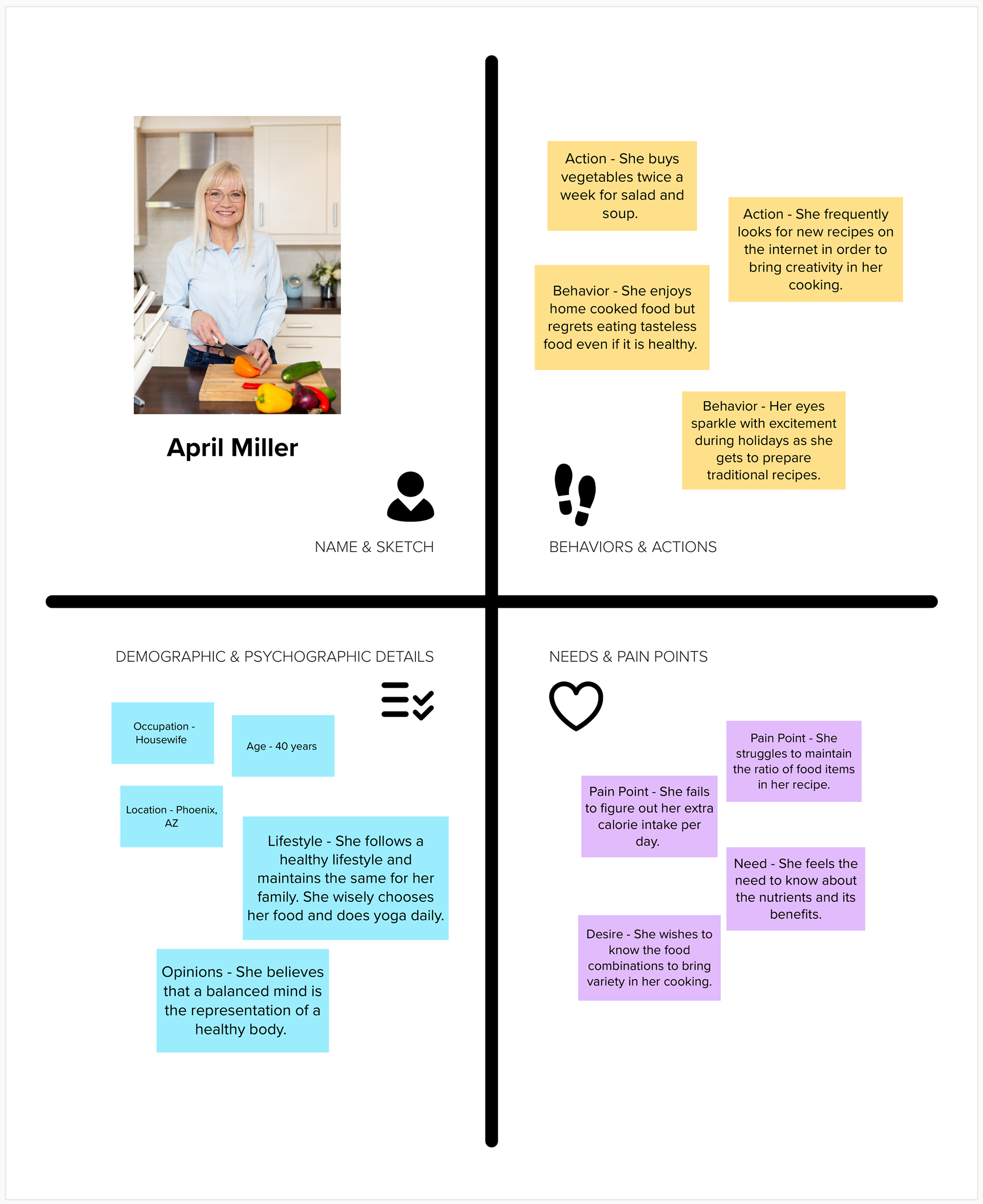
DESIGN THINKING
After analyzing the gathered data, I was able to re-ideate and focus my designs on the business value it should address.
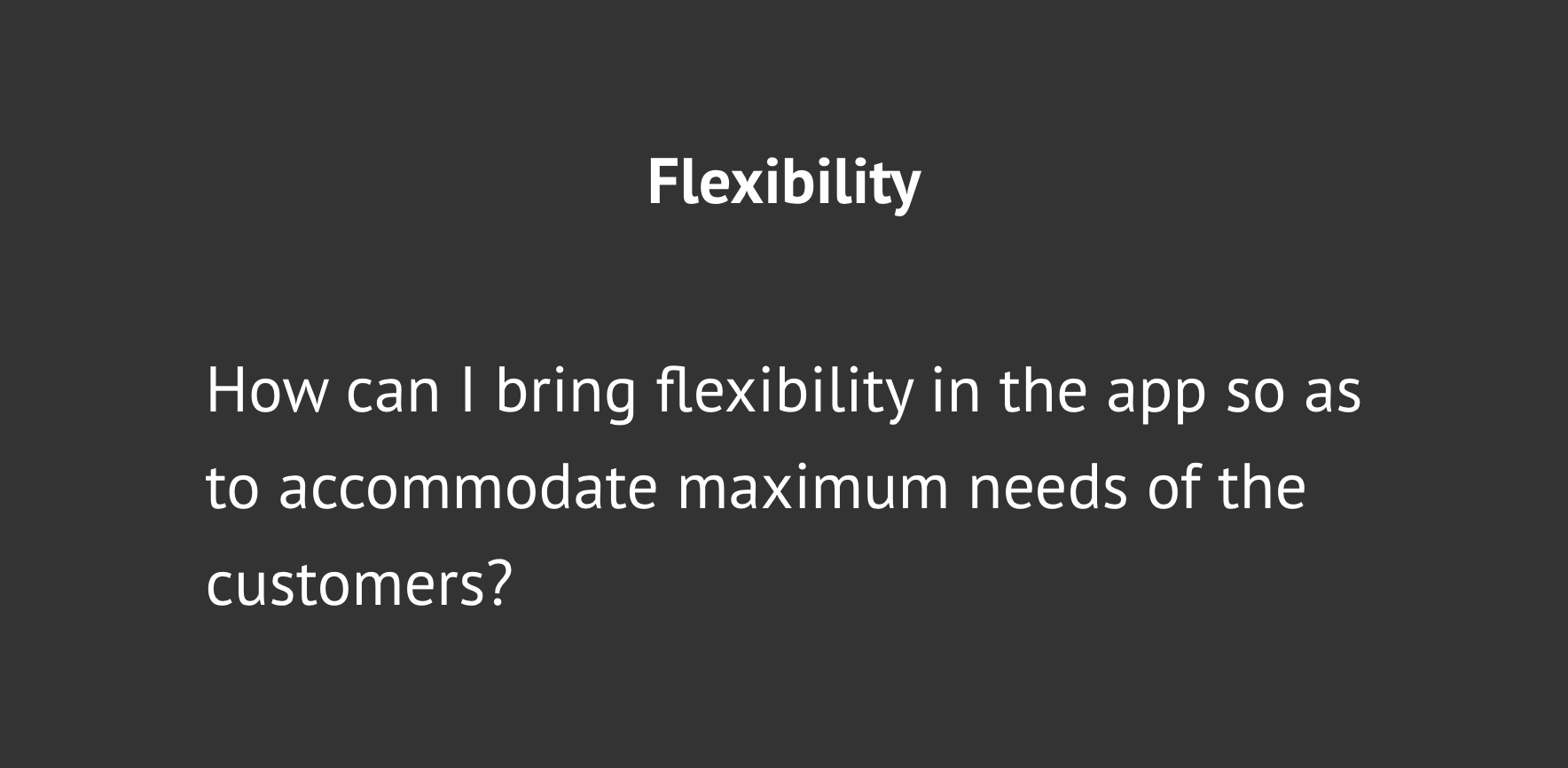
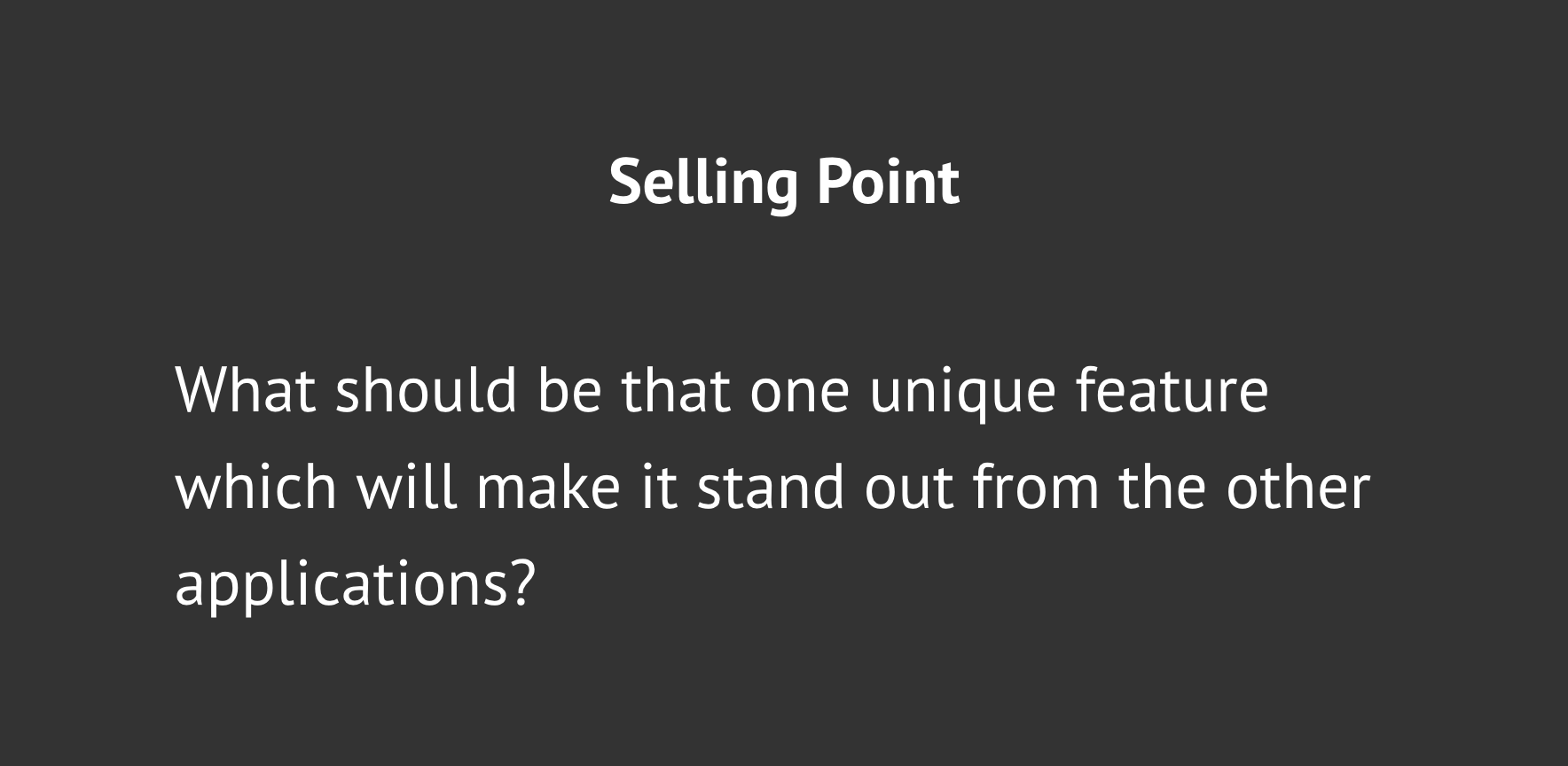
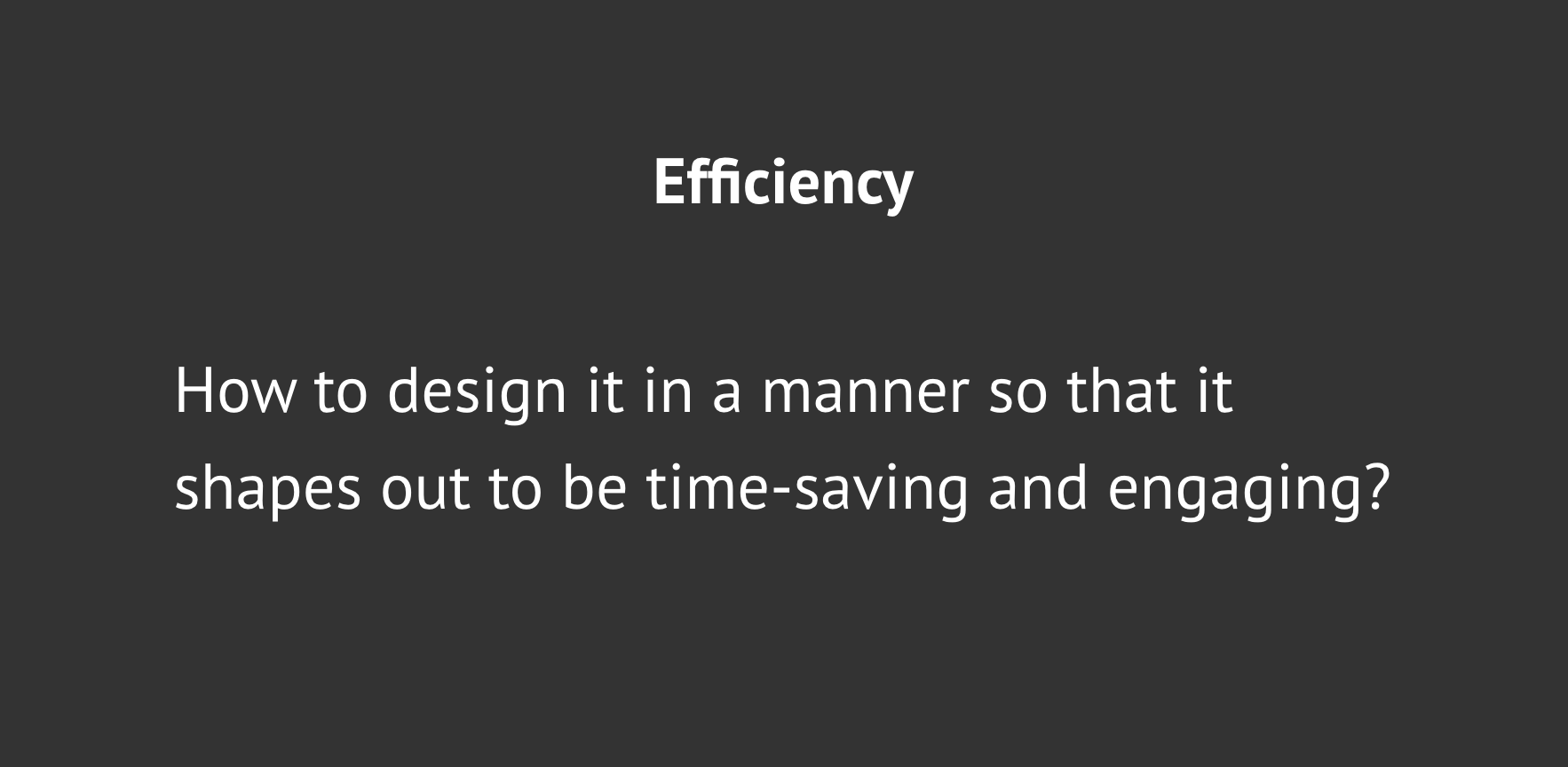
DESIGN GOALS
Based on the above insights, I followed the Lean UX process and was able to re-define the goals:
• Delivers grocery
• Turns recipes into shopping lists
• Suggests top three recipes for any particular grocery item
• Recommends top three ingredient combinations for a grocery item
• Let customers know about their most searched grocery items
• Make customers aware about the recently added products
• Supplies nutritional information for each food item and recipe
• Engage customers with food articles and blogs through a separate section called Stories
• Enable customers to track their order status in real-time
• Allows customers to scan their card for payment instead of typing the details required
• Lays out several options for customers like gift cards, help with refunds and feedback
LOW-FIDELITY WIREFRAMES
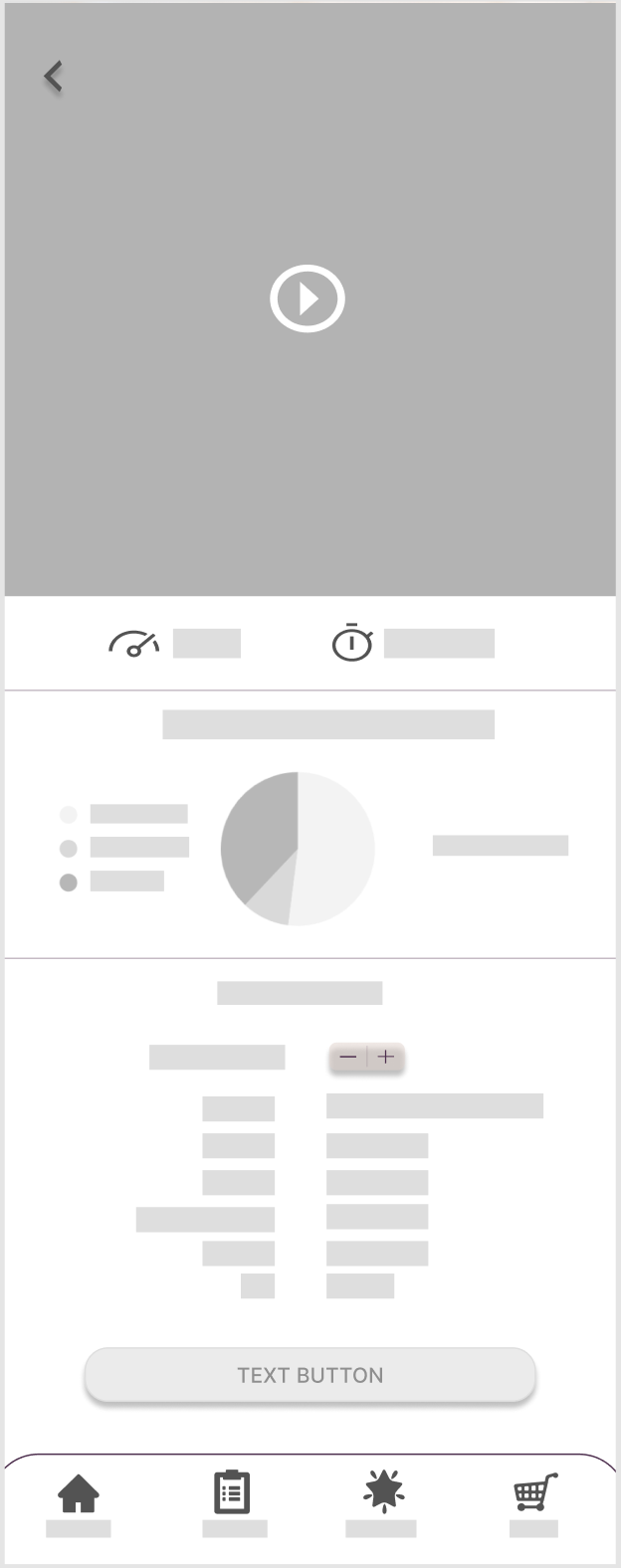


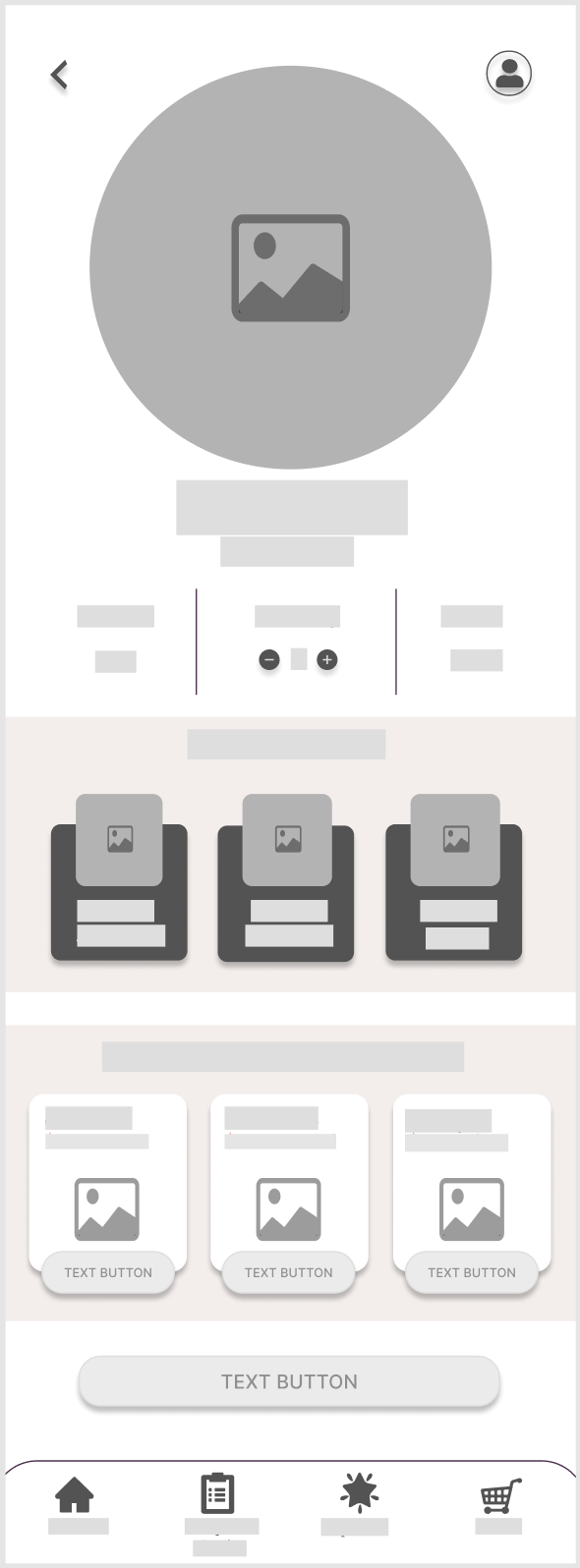

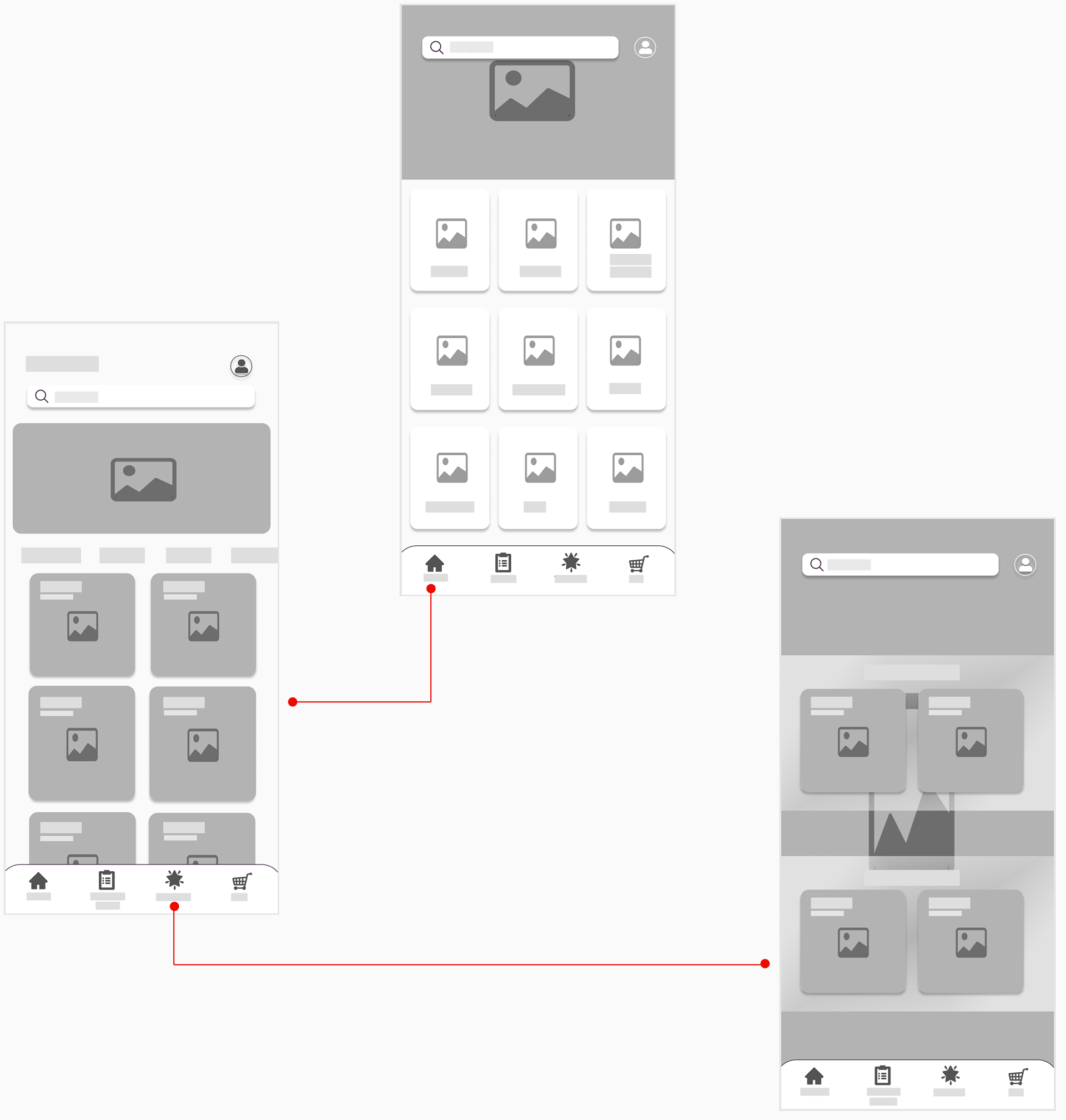
HIGH-FIDELITY PROTOTYPES | MAJOR SCREENS
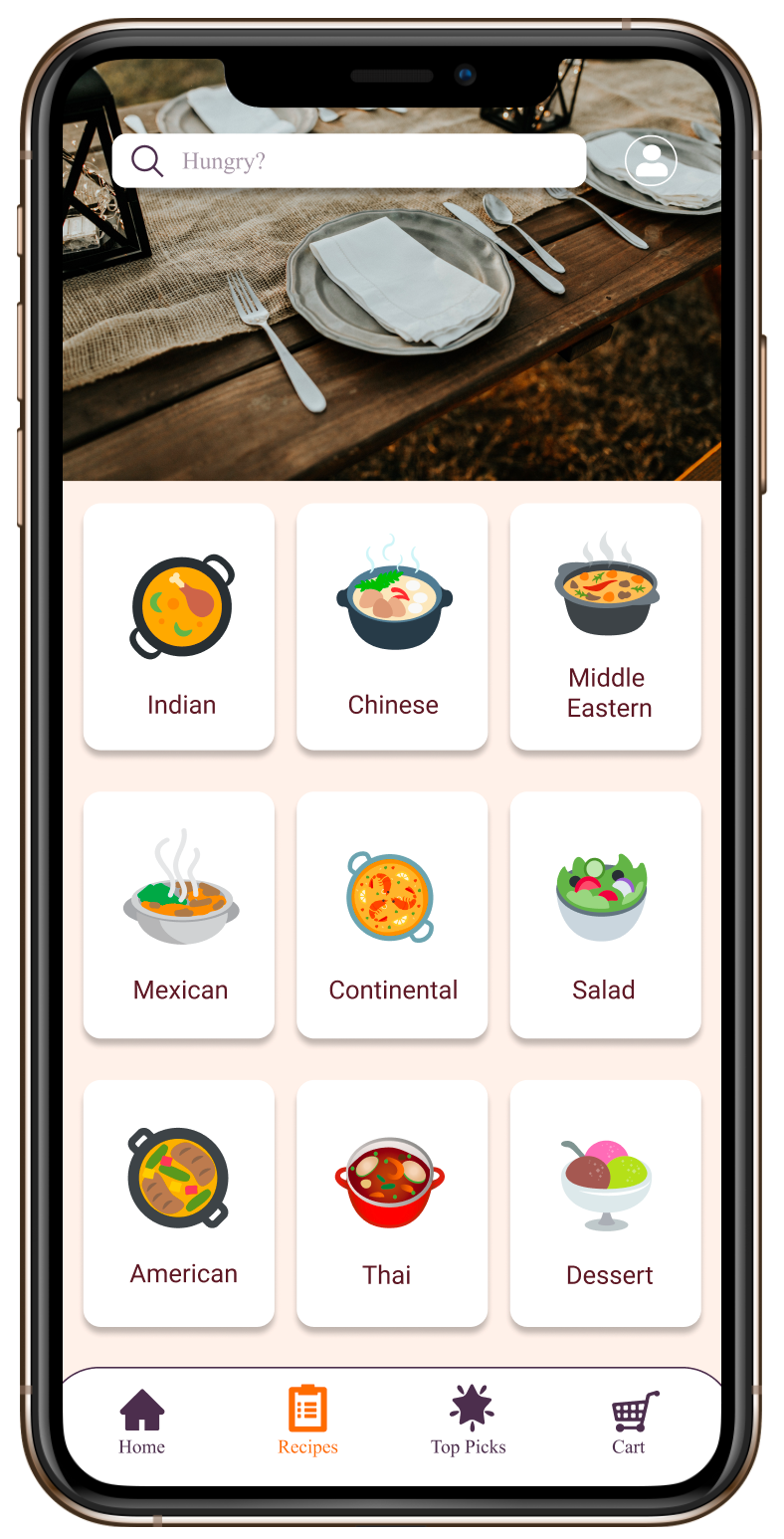


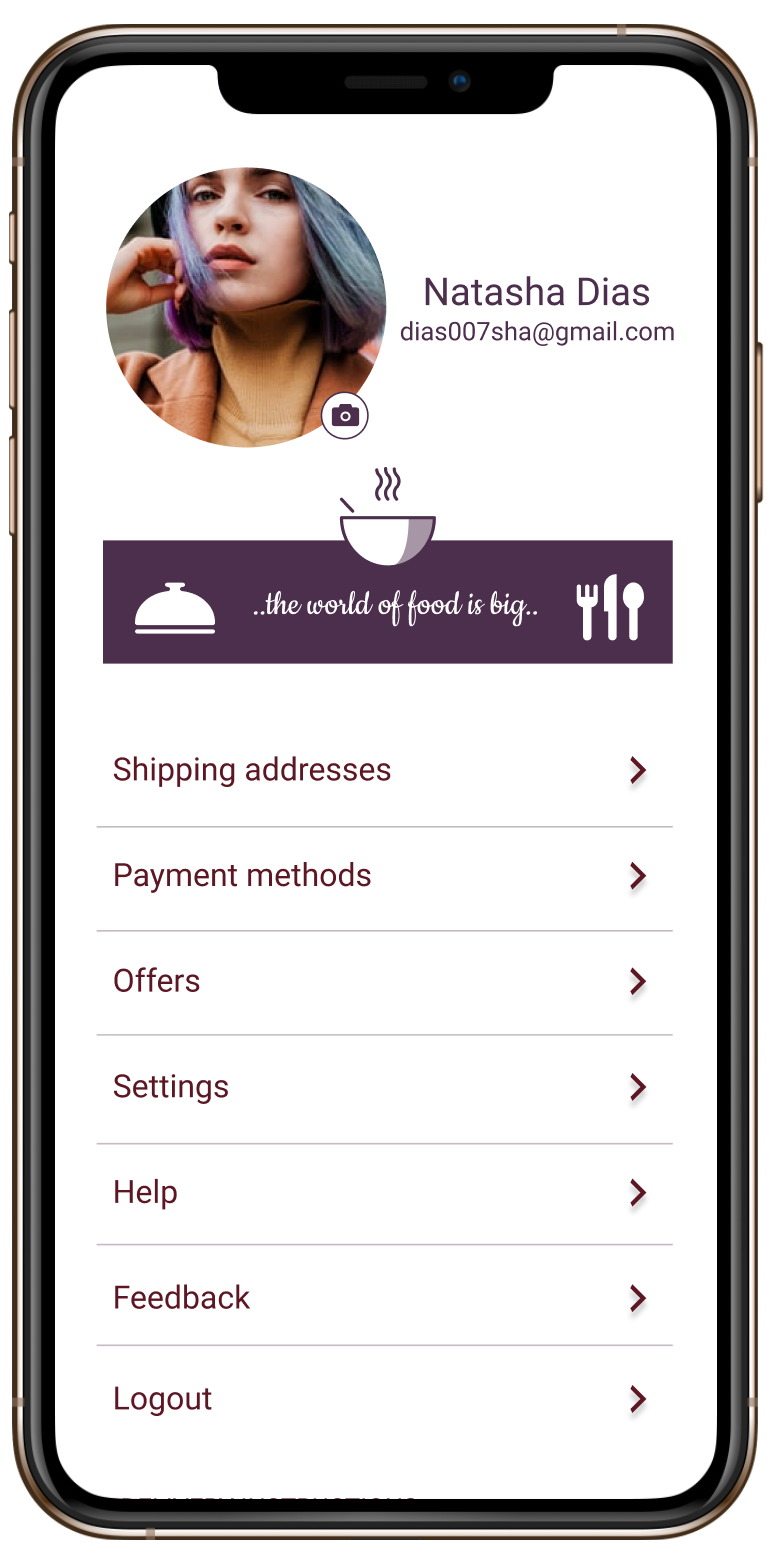


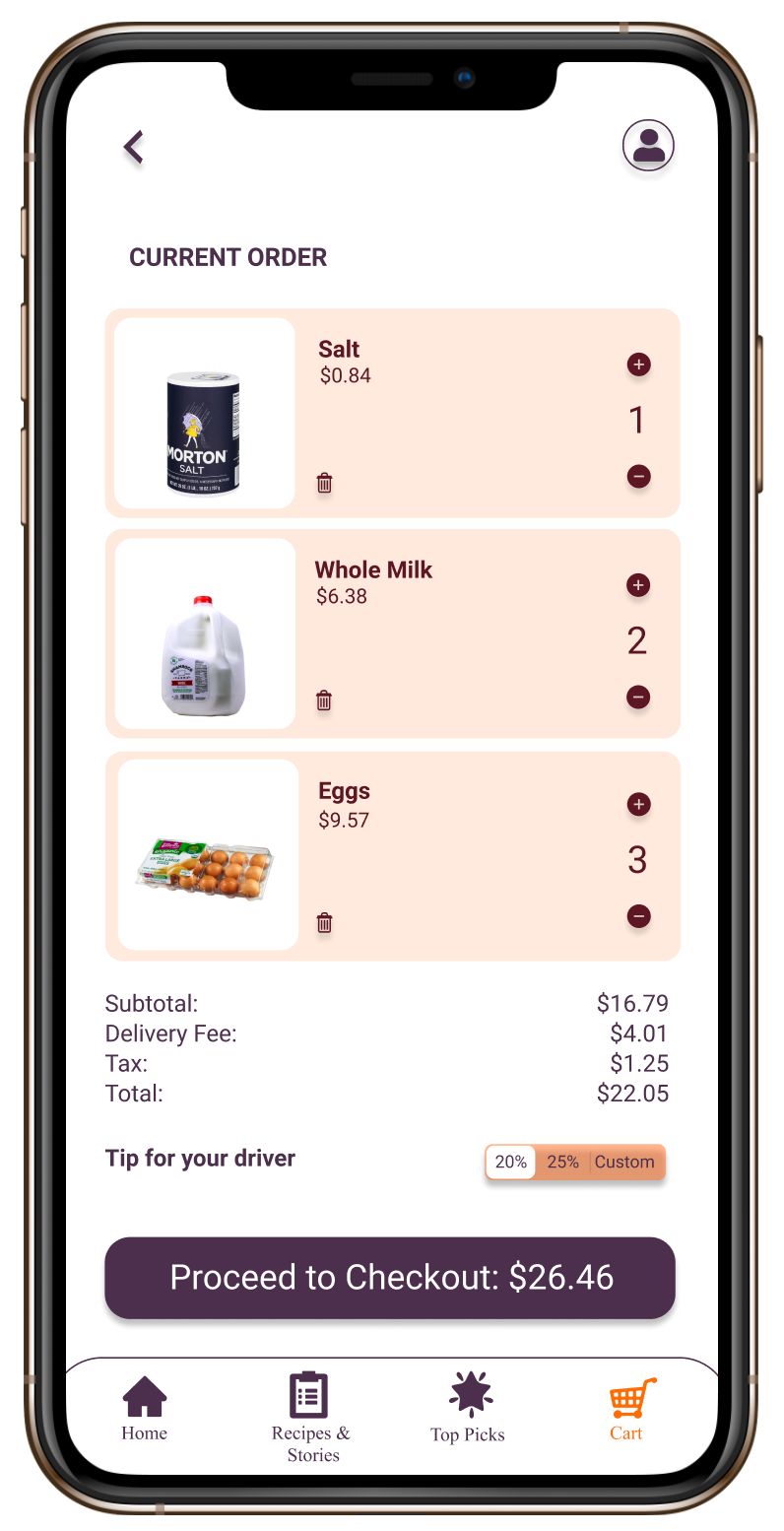
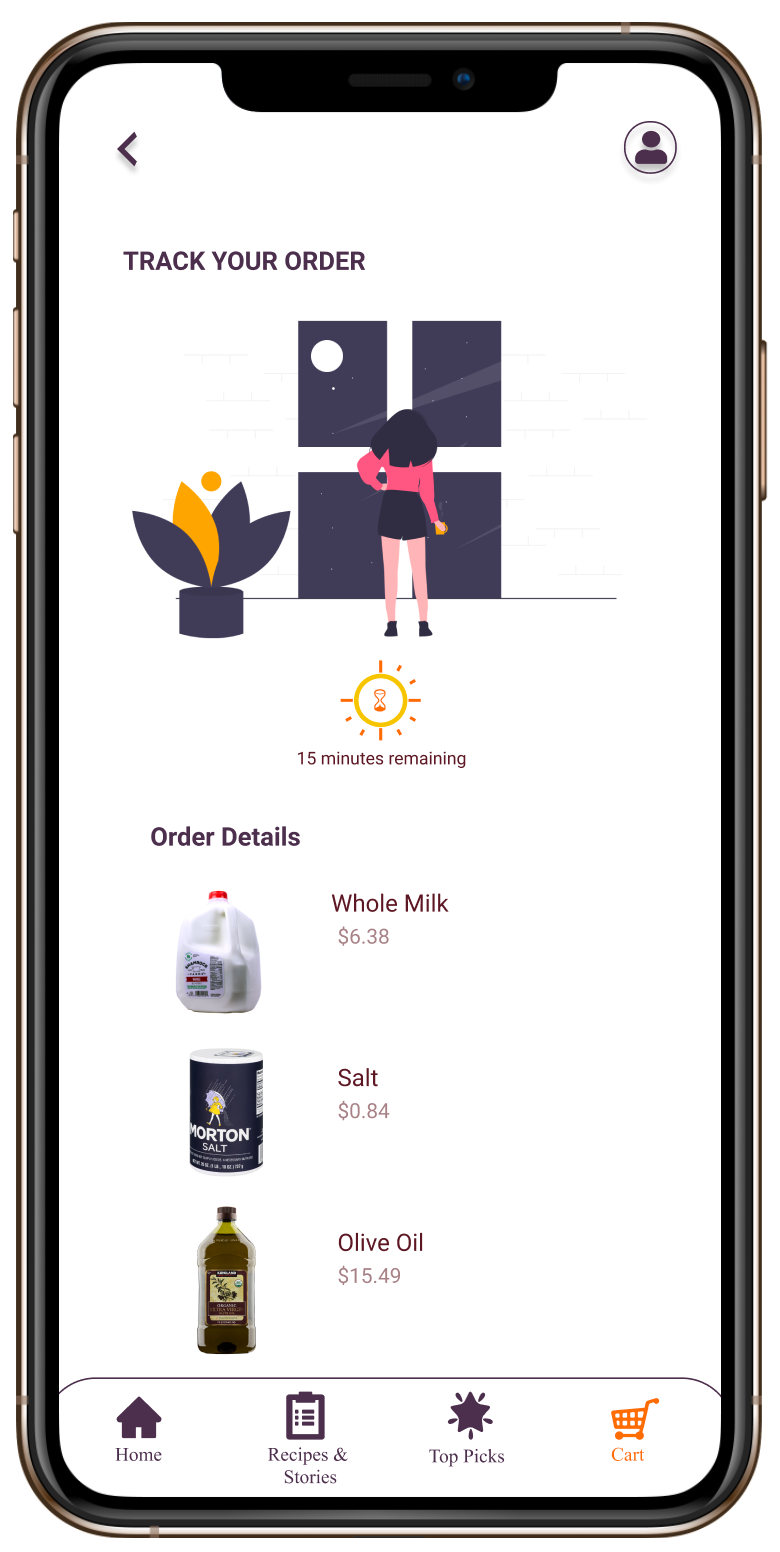
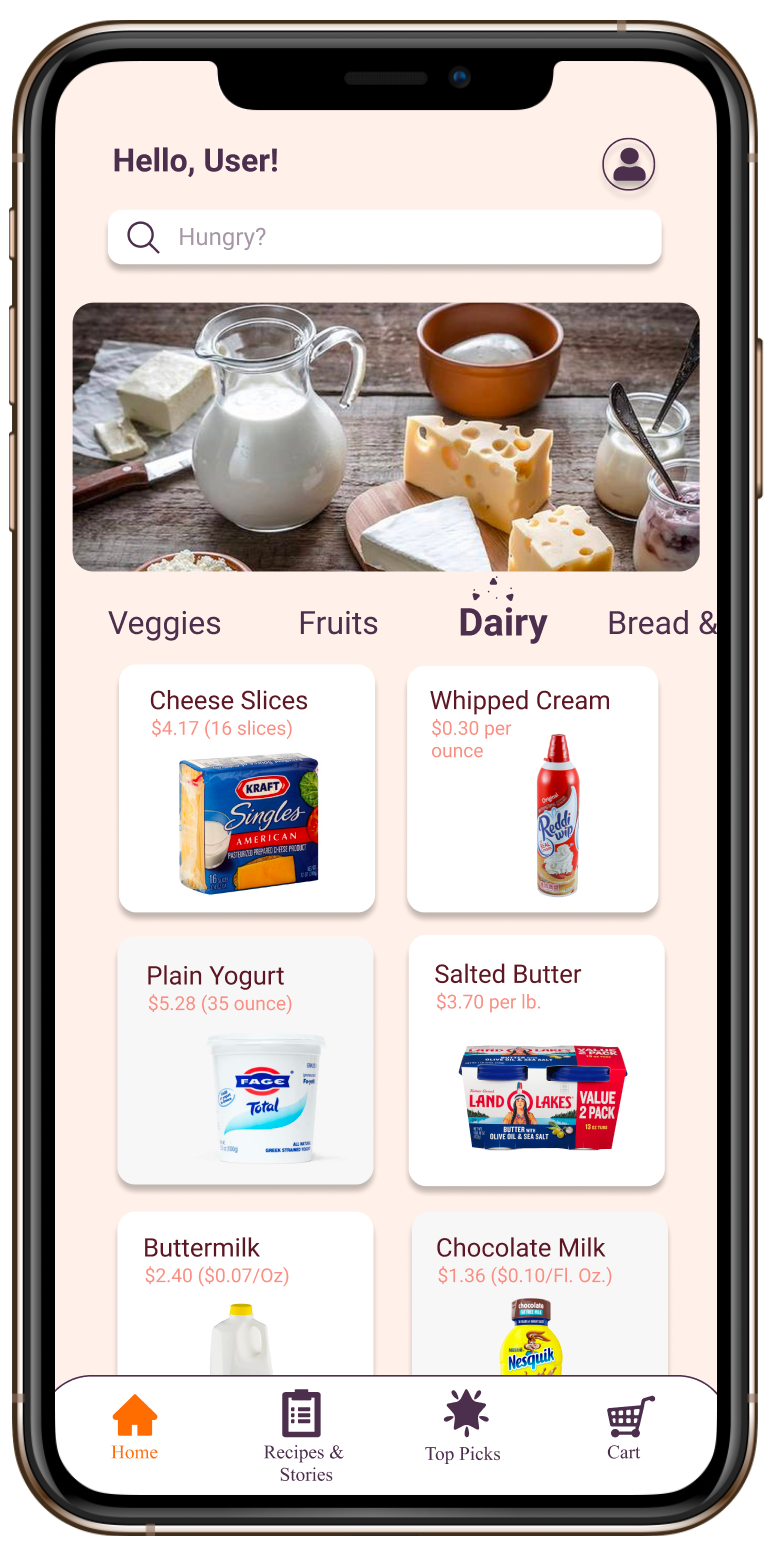

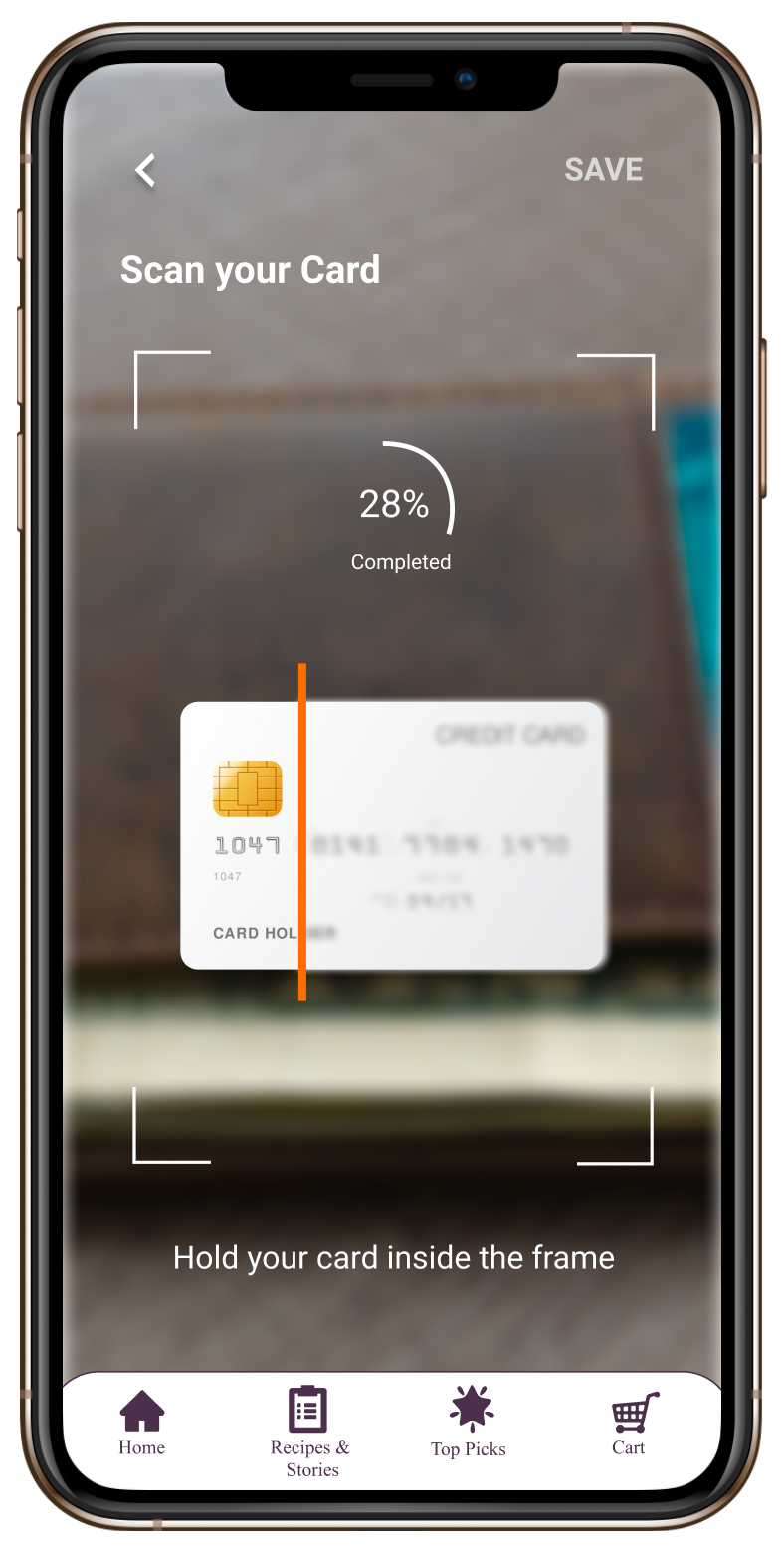



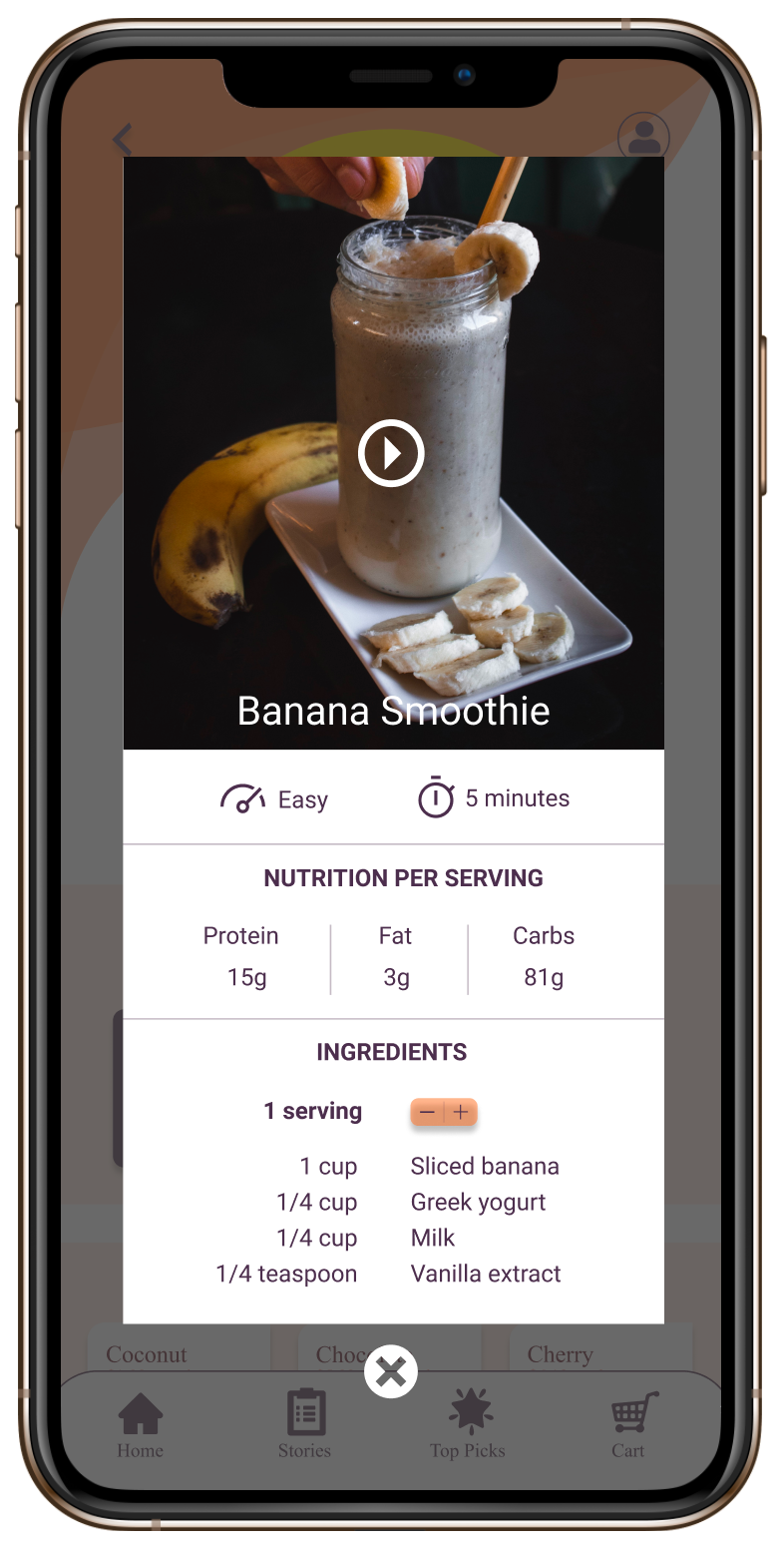

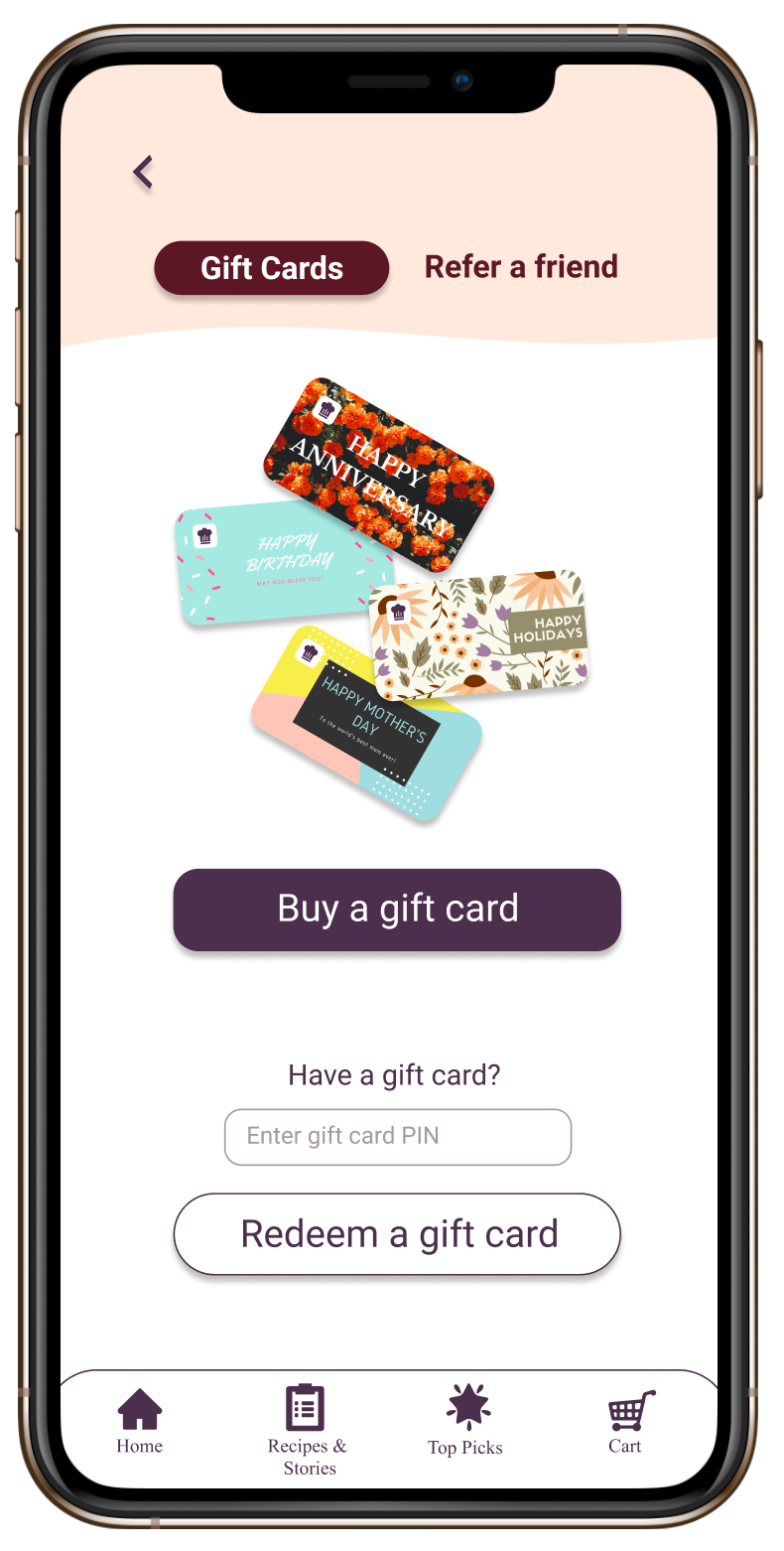
USABILITY TESTING
A group of people who were invited during User Interviews were again brought together to perform a couple of application related tasks. Their responses were recorded and then evaluated. But before starting, a short introduction was given to the people about the purpose of this test and their permission was asked for the participation.
Tasks:
• Login as a first time user.
• Locate Top Picks and Recipe pages.
• Go to user profile and enter your details as asked.
• Navigate through grocery categories.
• Check if you can add grocery to the cart.
• Watch the recipe video and observe the nutrition per serving info.
• Make changes in the quantity of ingredients.
• Go to Stories and read any one story for at least a minute.
• Logout from the application.
After the test was successfully conducted, I initiated an open discussion regarding the application. Through this, I was able to put myself in their shoes and got a deeper understanding of their mental model.
FEEDBACK GRID
CUSTOMER JOURNEY MAP
LEARNINGS AND TAKEAWAYS
• Lean UX Process Framework - It is essential to work in a collaborative and cross-functional way. Through continuous iterations, we can have an actual product experience.
• Idea Prioritization - While doing background research and brainstorming ideas, we might end up having multiple proposals and we should have a bank of ideas but we need to realize which idea amongst all can have the maximum business impact. Some ideas are more important than feasible but we have to figure out an optimum balance before finalizing an idea.
